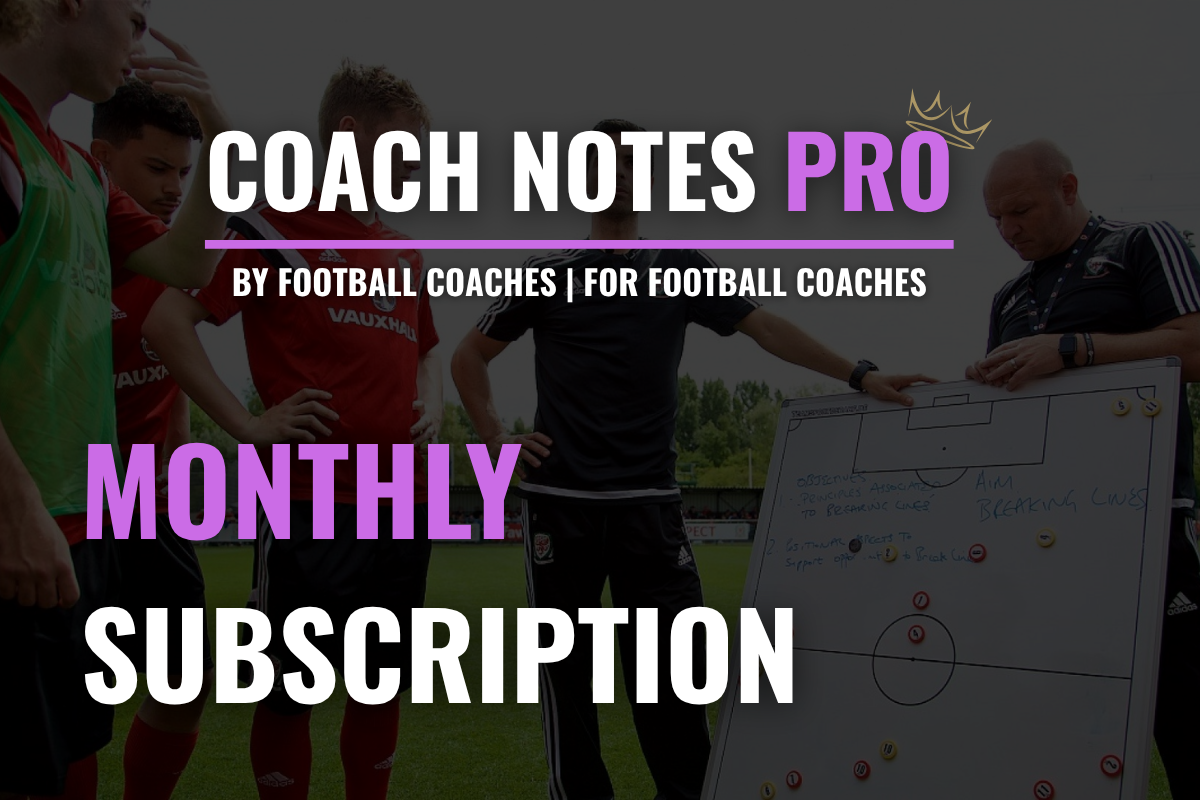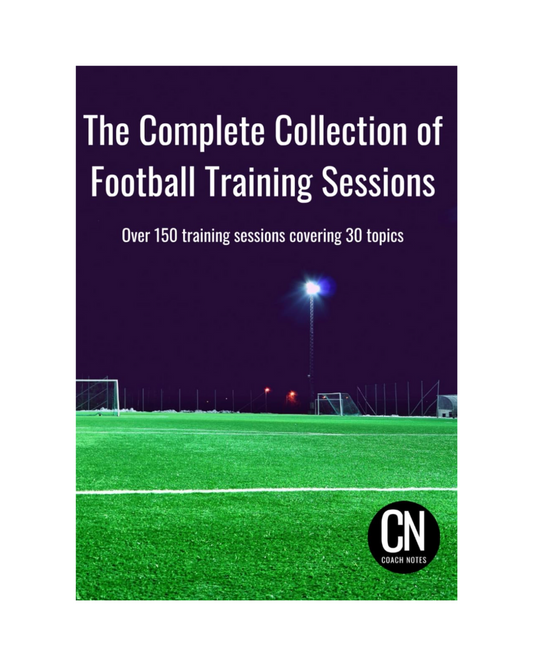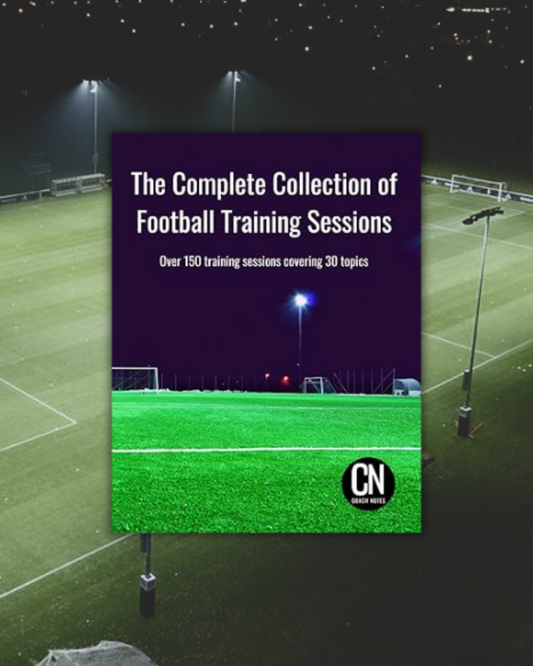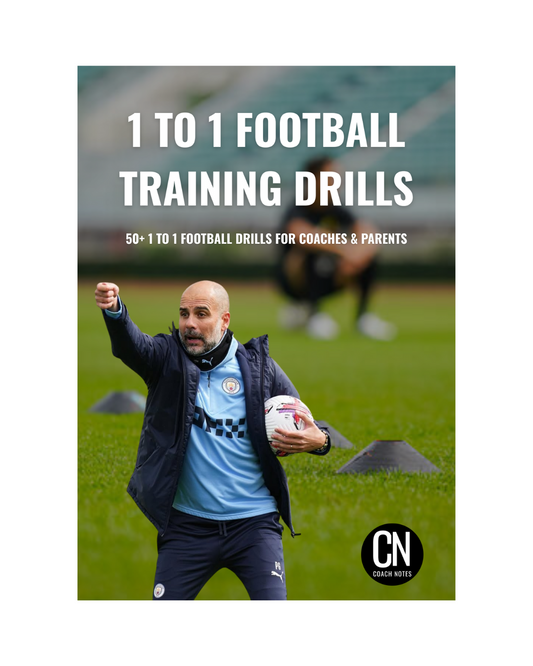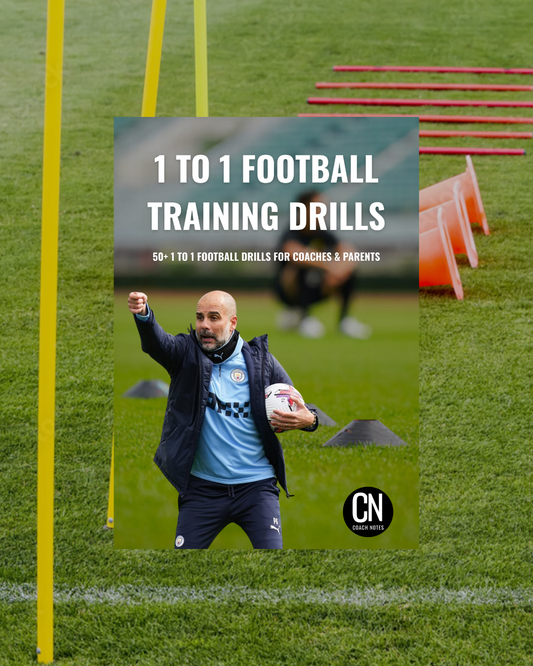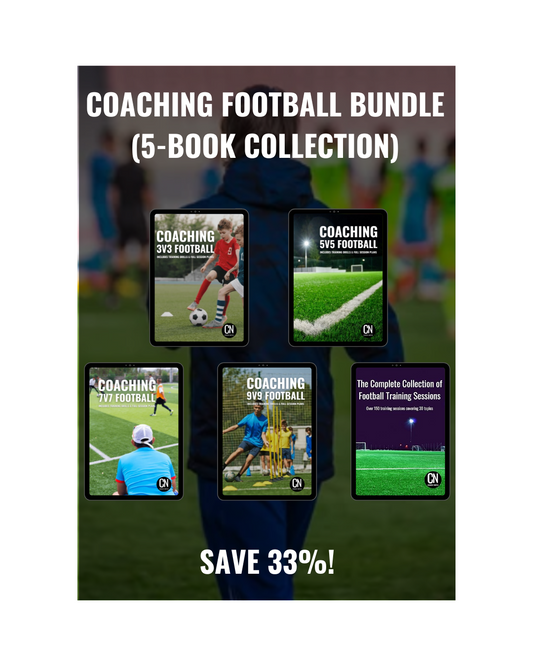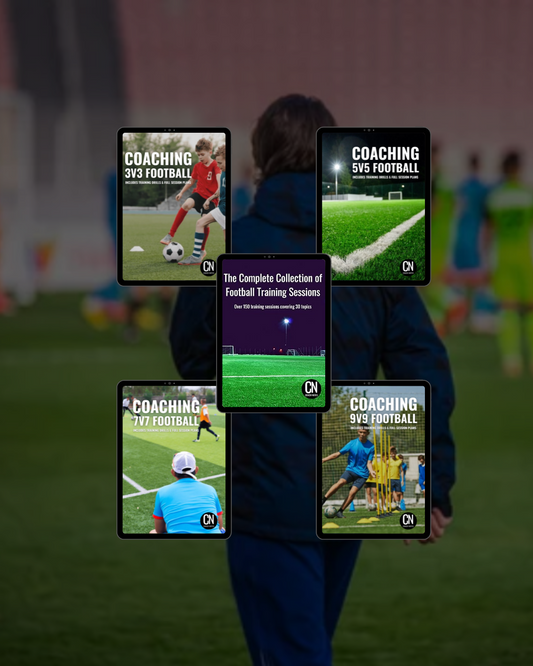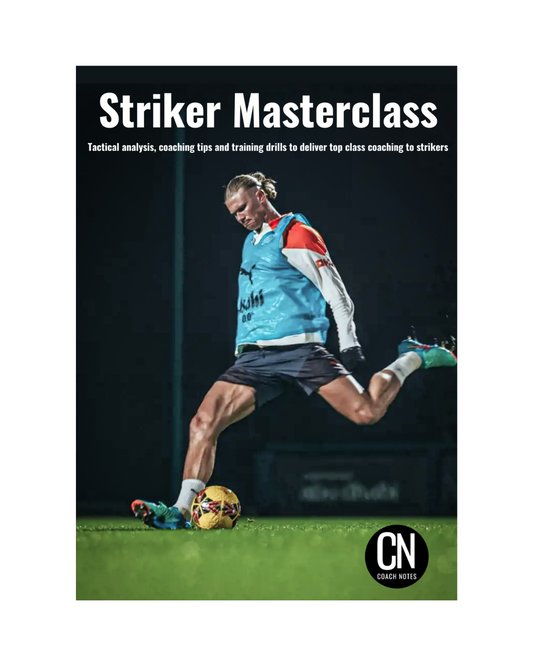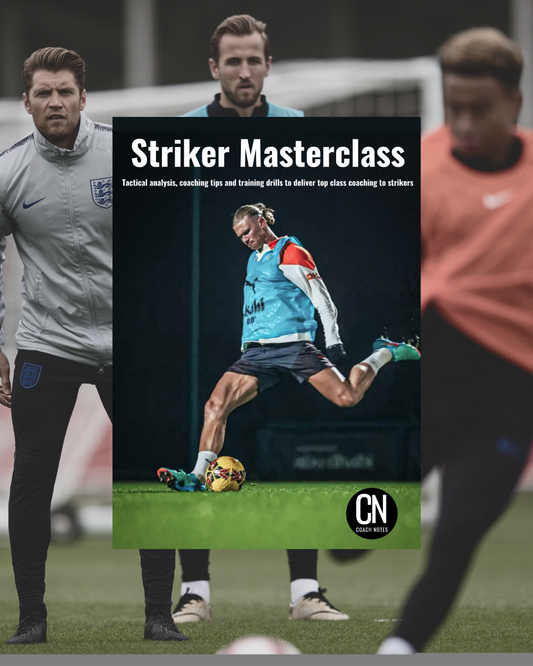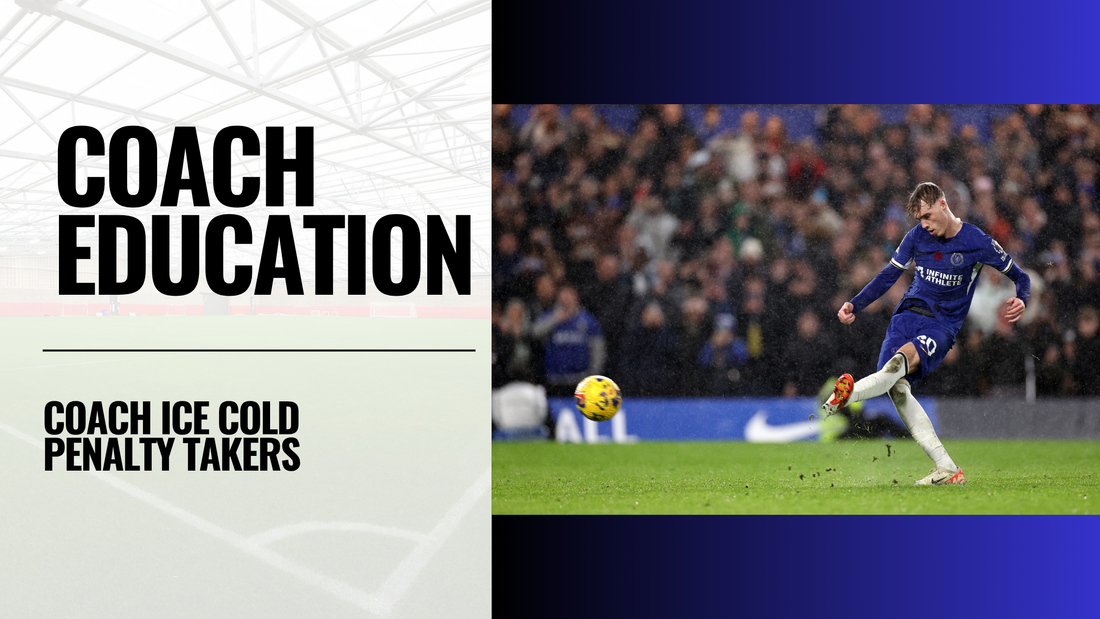
Coach Ice Cold Penalty Takers
Share
Penalty shootouts and in-game spot-kicks often become defining moments. The pressure is immense, and while some players seem naturally composed, being "ice cold" from the spot is more often the result of preparation than personality. As a coach, while you cannot simulate the pressure of a final in training, you can equip your players with the tools, habits, and routines to handle it more effectively.
🧱 Build Habits That Survive Pressure
The first and most effective way to coach consistent penalty takers is to instil habits. Repetition creates muscle memory and confidence. Under pressure, players fall back on what they know. If they have a consistent process, same run-up, same striking technique and same visual focus there's a far greater chance they’ll stay composed and execute successfully.
Encourage players to develop a personal penalty routine. It might include how they place the ball, a breathing rhythm, a certain number of steps in the run-up, or a visual cue such as looking at the corner they’ve chosen. Rehearsed routines reduce decision fatigue and nerves.
🎯 Always Hit the Target
It sounds simple, but it is the single most important rule: hit the target. There's no chance of scoring if the shot misses the frame. Accuracy must come before power or placement.
Work with players on hitting consistent zones in the goal, particularly the bottom corners. Striking low and accurately gives the best chance of scoring, even against top-level goalkeepers. When aiming high, remind players to keep their head over the ball and avoid leaning back, which commonly leads to missed shots over the bar.
📝 Have a Plan and Stick to It
Decision-making under pressure is a challenge. Encourage players to pick their spot before they place the ball and avoid changing their mind during the run-up. Wavering decisions disrupt focus and execution.
As part of training, help them decide what type of penalty suits their style, power, placement, disguise and develop confidence in their preferred approach. Clarity of intention often separates a composed finish from a panicked one.
🔂 Repetition, Repetition, Repetition
Penalty-taking is a skill that thrives on repetition. After every session, encourage penalty practice under mild pressure team watching, a small challenge, or competition for who can place the most in the corner.
Players should learn to visualise their target zone, pick a reference point (e.g. a net stanchion, water bottle, or advertisement board), and hit it consistently. This improves both technical execution and psychological confidence.
🪄 Add Deception – If They’re Ready
Once a player is confident in their base technique, you can coach advanced tactics like stutters or pauses. This technique is about manipulating the goalkeeper, forcing them to commit early and then placing the ball in the opposite direction.
However, this must be practiced heavily. Poorly executed deception often leads to weak penalties. It is only suitable for composed and technically secure players.
🧠 Stay Focused – Avoid the Mind Games
Penalty takers will often face attempts to break their concentration such as keepers talking, delaying, or gesturing. Make sure players understand that their focus should remain entirely on their process and target.
One strategy is to visualise a “bubble” around the penalty area. Nothing matters inside that space except their routine and the ball. Use training to simulate these distractions so players get used to staying locked in.
⚽️ Match Preparation: Replicate Pressure
While training can never fully match real-game penalty pressure, you can build environments that simulate some elements of it:
- Make penalties competitive with consequences (e.g. loser runs, extra duties).
- Practise penalties after intense drills or small-sided games when players are tired and heart rates are elevated.
- Use penalty shootout scenarios to end sessions, even in friendly intrasquad games.
Players who take penalties after 60–90 minutes of work are closer to the physical and mental fatigue they’ll feel on matchday.
💭 Conclusion
Coaching penalty takers isn't just about striking technique it's about building repeatable habits, psychological resilience, and tactical awareness. With structured practice and coaching support, any player can improve their ability to stay composed, stick to their plan, and hit the target.
Great penalty takers aren’t born - they’re made in training.

